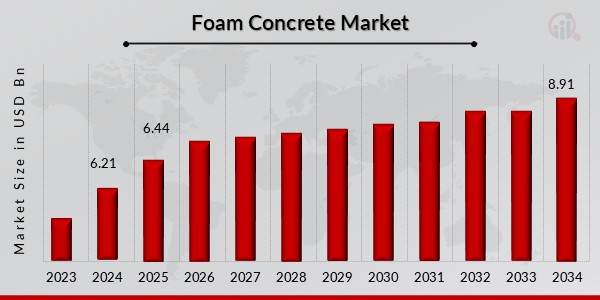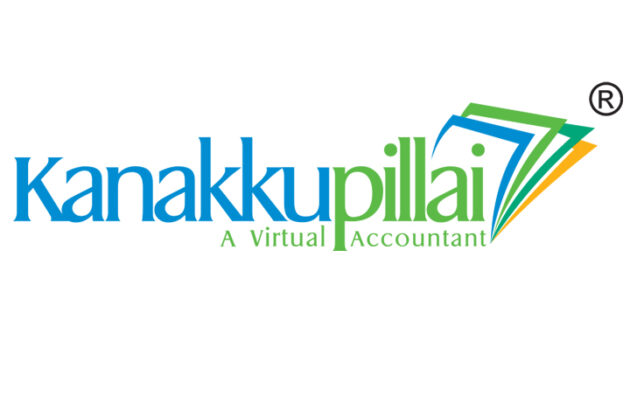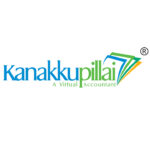
Lightweight Construction Revolution: Forecasting the Future of the Foam Concrete Market
Listing Description
The Foam Concrete Market is gaining prominence as a lightweight and versatile building material, offering a compelling alternative to traditional concrete in various construction applications. This specialized concrete mix incorporates a foaming agent, which introduces a controlled network of air bubbles into the cementitious slurry. The result is a material with significantly reduced density compared to conventional concrete, making it notably lighter and easier to handle, while still possessing beneficial structural and insulating properties.
One of the most significant advantages of foam concrete is its excellent thermal and acoustic insulation capabilities. The entrapped air bubbles act as an effective barrier against heat transfer, contributing to enhanced energy efficiency in buildings. This makes it an ideal material for insulating roofs, floors, and walls, helping to regulate indoor temperatures and reduce heating and cooling costs. Similarly, its porous structure provides superior sound absorption, making it valuable for noise reduction in both residential and commercial structures.
Foam concrete is also prized for its ease of workability and versatility in application. Its fluid nature allows it to be easily pumped, poured, and molded into various shapes, often self-leveling and self-compacting without the need for intensive vibration. This reduces labor requirements and accelerates construction timelines, particularly in applications such as void filling, trench reinstatement, and the production of lightweight precast panels. Its adaptability contributes to its growing appeal in modern construction projects.








